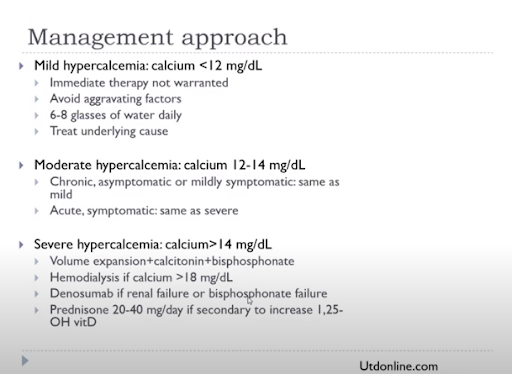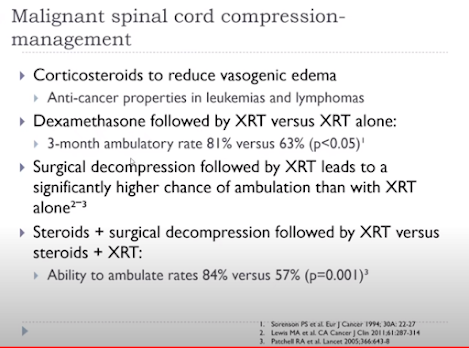A recording of this presentation can be viewed HERE.
Thank you to Dr. Sara Buckelew, Director of the UCSF Eating Disorder Program, who gave an excellent presentation this week on Eating Disorders in Adolescents. As usual, a recording of the presentation is available at the link above.
Below, my notes:
Anorexia Nervosa is the most lethal of all DSM-5 diagnoses. This is a diagnoses found in all sizes and weights. Denial of symptoms and ambivalence for change are often part of the disease. Clinicians must be aware of our weight bias and the sigma associated with talking about weight.
There are a range of eating disorders (ED), including:
- Anorexia (including atypical anorexia, in which patient has all symptoms of anorexia but is not underweight)
- Bulimia
- Binge eating
- Avoidant/restrictive food intake (ARFID)
Without question, the COVID Pandemic exacerbated eating disorders. It was a perfect storm of increased risk (increased media, disruption of school and life routines, and social isolation) and lower protective factors and access to care (including increased food insecurity, challenges to seeing primary care, etc.). This storm then led to a huge treatment bottle neck with long wait times and patients presenting increasingly ill to care.
Key Point: Early intervention is important in ED, as a shorter duration of illness is associated with improved outcomes.
The SCOFF Questionnaire is a screening instrument designed to suggest "likely cases". A positive SCOFF does not give an adolescent a diagnosis of ED, but if positive, suspicion for ED should be elevated and early intervention should be considered
S "Do you make yourself SICK because you feel uncomfortably full?"
C "Do you worry you have lost CONTROL over how much you eat?"
O "Have you recently lost ONE stone (15 pounds) in a 3 month period?"
F "Do you consider your self FAT?"
F "Would you say that FOOD dominates your life?"
Answering YES to at least 2 of the above is a positive SCOFF screen
Key Point: Avoidant Restrictive Food Intake Disorder (ARFID), new in the DSM-5 about 10 years ago is a more heterozygous group of ED in which there is no body image component to the restriction.
The diagnosis of ARFID concerning weight patterns, concerning behaviors: avoidance of meals, excessive exercise. The question that excludes ARFID from you ddx during ED assessment is the following: Are your eating habits related to you thinking you are too big or too heavy?
There are 3 subtypes of ARFID:
1) Avoidant: sensory, textures
2) Aversive: fear-based (usually pain, nausea)
3) Restrictive: general disinterest in eating
Medical Evaluation for ED includes:
- Height/weight in a gown (all weights are blinded), watch for % change in body mass (not just total pounds lost or gained)
- Growth curves
- Vital signs: temperature, orthostatic BP and pulse
- Physical exam
- EKG/lab work, looking for signs of malnutrition, this can be falsely reassuring to providers and patients and families because are not uncommonly normal. Normal labs does not mean all okay. Use the UA look at specific gravity for water-logging (pts do this to add weight), the ESR typically abnormally low, and hormones can revert to prepubertal levels.
UCSF Admission Criteria for ED
- Bradycardia HR<50 when awake, HR<45 when asleep
- Orthostasis
- Hypotension <90/45
- Hypothermia T<36C or T<96F
- Other: BMI<75%, acute food refusal, electrolyte abnormalities
Inpatient treatment of ED involves feeding patients.
Key Point: Food is Medicine in management of hospitalized patients with ED
3 meals + 3 snacks per day
2000kCal/day
No food choices allowed except cow's vs. soy milk
Of note 2000kCal/day is safe and effective without risk of refeeding syndrome
Diet is advanced daily 200-300kcal/day
If cannot reach 2000kcal, Boost Plus or other supplement is added
In rare cases, an NGT
In order to minimize refeeding, check electrolytes (including Ca, Mg, Phos)
Physical Activity is also limited in the hospital
Key Point: You can see cognitive changes with severe malnutrition
These cognitive changes include slowed thinking, obsessions/distortion, short-term memory loss, and difficulty with basic decision-making
Treatment of Eating Disorders has not changed a lot in the last two decades.
Family-Based Treatment is a mainstay of Anorexia treatment
It is basically parent coaching, empowering parents to not allow the ED to be "in charge"
Avoid blaming the child for the ED, separate the ED from the child
Involves eating meals with a therapist, who observes what is happening within a family at mealtime
The first session is often dubbed "the funeral session" which is meant to be a funeral for the ED
This type of therapy is often extremely uncomfortable, many families will concern, therapists are not warm and welcoming, and may be actively disliked by patients and families.
Medications are generally not helpful for Anorexia
You can rx SSRI if preceding comorbid anxiety/depression, but SSRIs do not help with weight loss and don't help with relapse
Off label use of atypical antipsychotic (e.g. low dose olanzapine) has some low-quality evidence.
Treatment for Bulimia Nervosa is slightly different
Therapies with some evidence include CBT, DBT, and FBT
Meds: SSRI may help
For ARFID there are even fewer evidence-based treatments
Evolving evidence for psychotherapy including ERP (exposure and response prevention), CBT, FBT
Meds can increase appetite, which cam be helpful (meds with some evidence: mirtazapine periactin)
OT/dietician
What is new in ED treatments?
Telehealth for ED has increased in the wake of COVID; there is still much to learn about the value of telehealth in ED management. It certainly can increase access particularly for those who are geographically isolated or lack transportation.
There are ongoing studies for psychedelic assisted therapies
Dr. Buckelew ended her presentation with some powerful debunking of the "SWAG Myth" -- that is the skinny white affluent girl being the only version of anorexia. She reminded us that ED can be seen (and are increasing) in men, older adults, BIPOC populations, adults with intellectual disabilities, etc. And while higher SES does predict higher rates of treatment seeking, this does not mean that they are the only ones who suffer from ED. There is also a lack of diversity in the ED Workforce.
And some final pearls from Dr. Buckelew:












